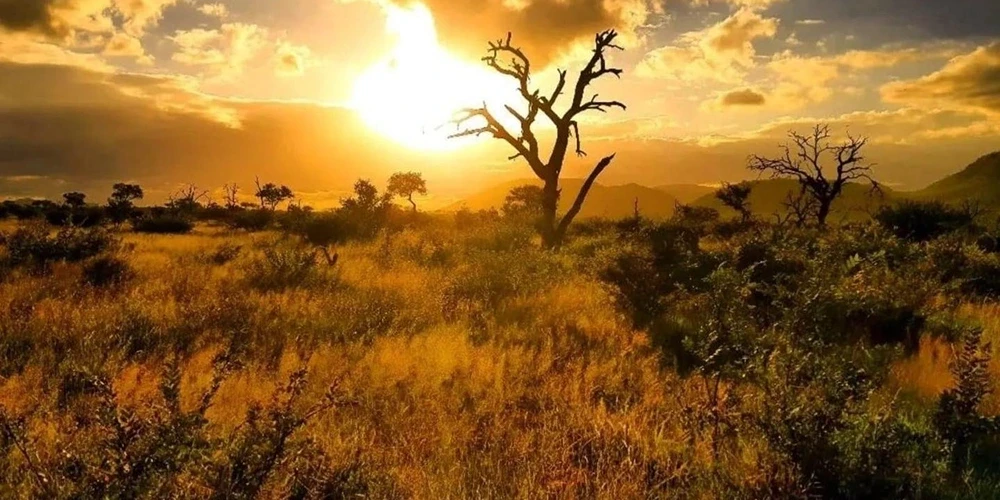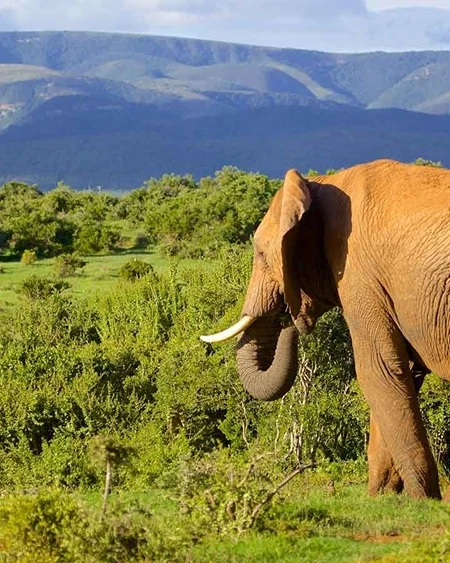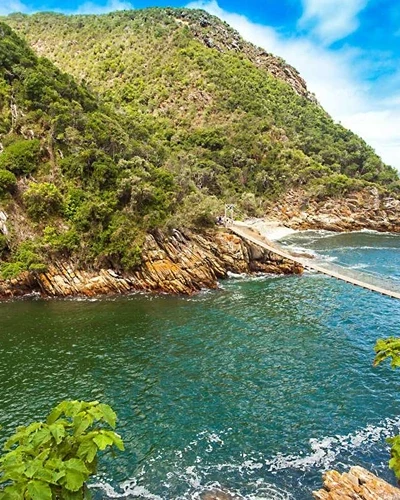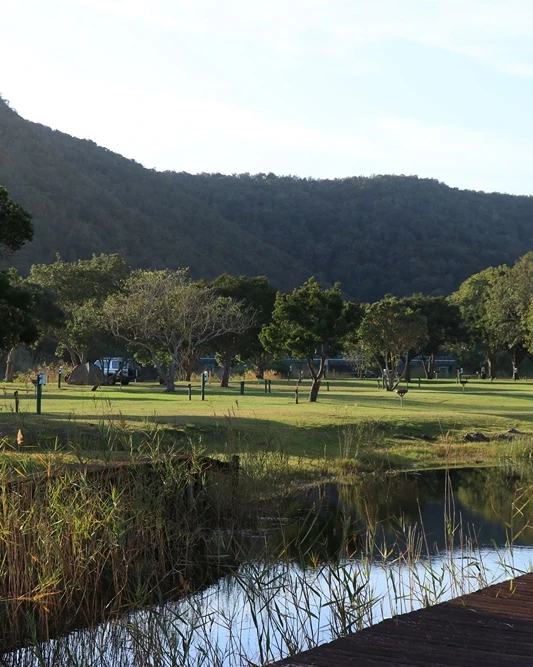Can you imagine a place where conservation efforts began over a century ago, leading to today’s wildlife haven spanning more than two million hectares? Kruger National Park isn’t just a sanctuary for the Big Five; it’s a testament to visionary leadership and persistent efforts. Established initially as the Sabie Game Reserve by Paul Kruger in 1898, this landmark area has a rich history interwoven with South Africa’s development. Embark on a journey through the park’s storied past to uncover how it has become a symbol of preservation and a prime destination for global travelers.
History of Kruger National Park
Kruger National Park was initially proclaimed as the Sabie Game Reserve in 1898 by Paul Kruger, the then-president of the Transvaal Republic. The proposal to protect the animals of the Lowveld was first made in 1884, but it wasn’t until 1898 that the area between the Sabie and Crocodile Rivers was set aside for restricted hunting. This early conservation effort aimed to safeguard the region’s rich biodiversity from rampant hunting and habitat destruction.
Over the years, the park underwent significant expansions and transformations. In 1926, the Sabie Game Reserve and Shingwedzi Game Reserve were merged to form Kruger National Park, named in honor of Paul Kruger. This merger marked the beginning of a more organized and extensive conservation strategy. In 1927, the park opened to the public, allowing visitors to experience its natural beauty and diverse wildlife. Today, Kruger National Park spans 2,000,000 hectares, making it comparable in size to Israel, slightly smaller than Belgium, and about a third the size of Ireland.
| Year | Event |
| 1884 | Initial proposal to protect Lowveld animals |
| 1898 | Proclaimed as Sabie Game Reserve |
| 1926 | Formation of Kruger National Park |
Kruger National Park stands as a testament to successful conservation efforts in South Africa. Its establishment and continuous development have played a crucial role in preserving the country’s natural heritage, offering a sanctuary for wildlife and a unique experience for visitors worldwide.
Exploring Wildlife in Kruger National Park
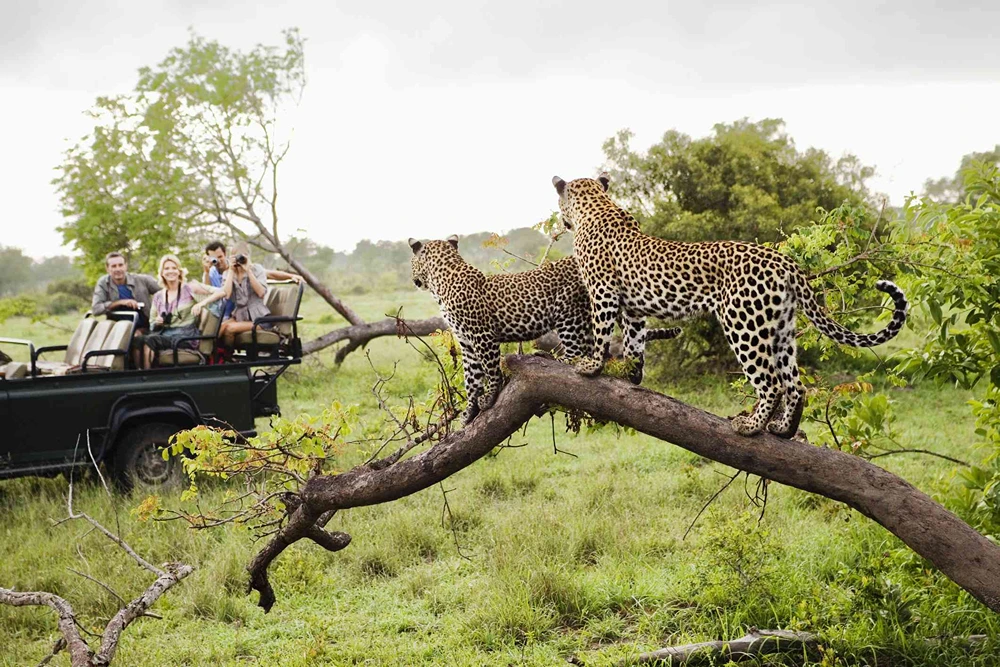
Kruger National Park is renowned for being home to the Big Five: lion, leopard, elephant, buffalo, and rhino. These iconic animals attract visitors from around the globe, eager to witness their majesty in their natural habitat. The term “Big Five” originally referred to the difficulty in hunting these large animals, but today, it symbolizes the ultimate safari experience for wildlife enthusiasts.
- Lions
- Leopards
- Elephants
- Buffalos
- Zebras
- Wildebeest
- Warthogs
- Baboons
- Hyenas
- Giraffes
The best times for game viewing in Kruger National Park are early morning and late afternoon. During these periods, animals are most active, increasing the chances of spotting them. Midday can also be productive by visiting water holes where animals gather to drink and cool off. The park’s diverse landscapes, including savannas, forests, and riverine environments, provide numerous vantage points for observing a wide variety of wildlife.
Accommodation Options in Kruger National Park
Kruger National Park offers a wide variety of accommodation types to suit different preferences and budgets. Visitors can choose from luxury lodges, cozy villas, and self-catering options. Notable among these are the safari villas like Villa Drakensig, Villa Marula, and Villa Baobab. Villa Drakensig is ideal for four persons, featuring two beautifully designed bedrooms with stunning views. Villa Marula, constructed in 2017, boasts a heated swimming pool and a cozy fireplace, known locally as a boma. Villa Baobab is more spacious, accommodating up to eight guests with its four bedrooms, three bathrooms, and a covered patio. These villas often include private swimming pools and are surrounded by harmless wildlife, offering a unique and immersive safari experience.
| Lodge | Features |
| Villa Drakensig | Two bedrooms, magnificent views, ideal for 4 persons |
| Villa Marula | Heated swimming pool, cozy fireplace, built in 2017 |
| Villa Baobab | Four bedrooms, three bathrooms, covered patio, suitable for 8 persons |
Rest Camps within Kruger National Park provide additional options for visitors. These camps are equipped with essential facilities such as restaurants, gas stations, and various types of accommodations ranging from tents to bungalows. Key Rest Camps frequented by visitors include Skukuza, Satara, and Lower Sabie, each offering a different ambiance and array of services.
For those preferring a more independent stay, self-catering accommodations are available. These options allow guests to prepare their own meals using the fully equipped kitchens provided. This type of lodging is ideal for longer stays and for families looking to experience the park at their own pace.
Planning Your Visit to Kruger National Park
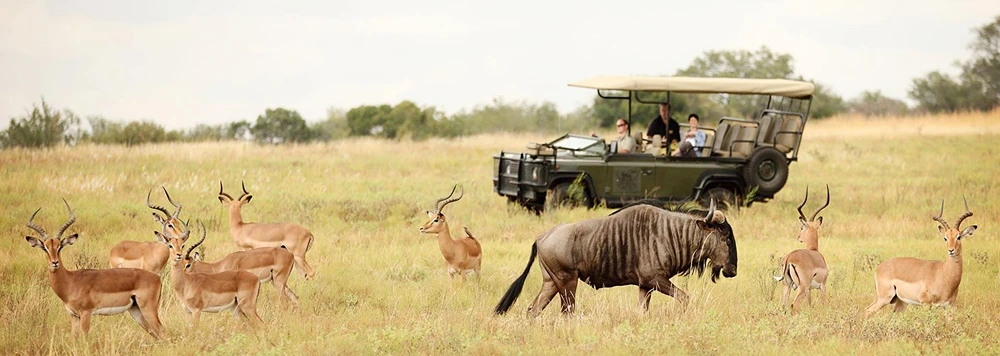
The best time to visit Kruger National Park largely depends on what you aim to experience. The dry season, which spans from September to November, is ideal for game viewing. Sparse vegetation during this period improves animal visibility, making it easier to spot wildlife. Conversely, the wet season brings lush greenery, but dense foliage can make animal spotting more challenging. Both seasons offer unique advantages, but for optimal wildlife observation, the dry season stands out.
- Use the official SANParks website for booking.
- Plan your route carefully due to the park’s vast size.
- Visit water holes during midday for higher chances of spotting animals.
- Adhere to the park’s speed limits to ensure safety.
- Book accommodations and game drives at least one month in advance.
Entrance fees to Kruger National Park vary based on residency status and age. South African residents typically enjoy lower rates compared to international visitors. It’s essential to check the official SANParks website for the most current fee structure. Payment can be made at the gate, but having cash or a credit card ready will expedite the process.
Booking accommodations and game drives in advance is highly recommended. The park offers various lodging options, from luxurious lodges to more budget-friendly campsites. Reservations can be made through the SANParks website, and booking at least one month ahead of your planned visit ensures better availability and choice.
Safari Options in Kruger National Park
Guided safaris in Kruger National Park provide an immersive experience led by knowledgeable guides. These tours often include sunrise and sunset drives, as well as bushwalks, offering opportunities to see nocturnal animals and gain deeper insights into the park’s ecosystem. Guides provide valuable information on animal behavior, plant species, and park history, enriching the overall safari experience.
Self-drive safaris are a popular option for visitors who prefer exploring at their own pace. Kruger’s main roads are well-maintained and tarred, making them accessible to standard vehicles. Side roads, though gravel, are generally manageable without a four-wheel drive. Self-driving allows flexibility in planning your route and schedule. Visitors can spend as much time as they wish at each sighting, whether it’s a herd of elephants by a waterhole or a pride of lions resting under a tree.
| Safari Type | Features |
| Sunrise Safari | Early morning drive, chance to see nocturnal animals |
| Sunset Safari | Evening drive, ideal for spotting predators |
| Bushwalk | Guided walk, close-up experience with nature |
| Self-Drive | Flexible schedule, explore at your own pace |
| Night Safari | After-dark drive, see nocturnal wildlife |
Animal sighting boards, found at entrance gates and Rest Camps, are invaluable for planning your day. These boards indicate recent wildlife locations, providing real-time information on where specific animals have been spotted. Utilizing this resource can significantly enhance your chances of encountering the park’s diverse wildlife, ensuring a more rewarding safari experience.
Final Words
Kruger National Park offers a rich history, from its establishment as the Sabie Game Reserve in 1898 to becoming one of the largest game reserves globally.
Exploring its diverse wildlife, including the Big Five, ensures an unforgettable experience for every visitor.
Accommodation options range from luxurious villas to convenient rest camps, catering to all preferences.
Effective trip planning is vital, with the dry season being optimal for wildlife sightings and advance bookings recommended.
With various safari options, Kruger National Park provides a unique and enriching adventure for all nature enthusiasts, ensuring every visit is memorable.
FAQ
Why is Kruger National Park so famous?
What is the best month to visit Kruger National Park?
Which is better Serengeti or Kruger National Park?
In which city is Kruger National Park?
What city is Kruger National Park in?
What is the entrance fee for Kruger National Park?
What accommodation options are available in Kruger National Park?
Can you recommend some lodges in Kruger National Park?
- Villa Drakensig: Cozy villa for 4 persons with magnificent views.
- Villa Marula: Features a heated pool and fireplace.
- Villa Baobab: Spacious, suitable for 8 guests, with a covered patio.
What kinds of wildlife can be seen in Kruger National Park?
What are the best safari options in Kruger National Park?
What should I consider when planning my visit to Kruger National Park?
- Visit during the dry season for better animal visibility.
- Book accommodations and game drives at least a month in advance.
- Plan routes carefully; the park is vast with strict speed limits.
- Review entrance fees on the SANParks website.
- Use animal sighting boards for recent wildlife locations.
Top Attractions
Have you ever wondered where you can experience the majesty…
Think you’ve seen all that South Africa's nature has to…
Ever wondered where you can find rivers, beaches, forests,…


